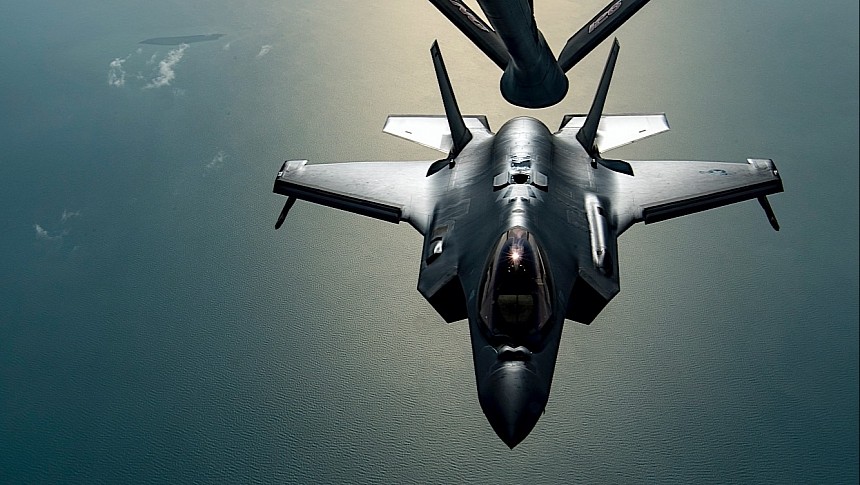There's a human-generated phenomenon few of us are aware it exists. It's called lazing, and it involves reckless people directing laser beams at passing aircraft for sheer amusement. The USAF, and other official entities tasked with aviation safety, don't find the practice funny.
I'm not exactly sure when toy lasers first appeared, but we all know they are all over the place now. You can see them in private homes, used to drive cats mad, or at stadiums, blinding players in key moments of the game, and at concerts, where they fight for supremacy with the events' official light shows.
Depending on which end of the laser pointer you find yourself, using such a thing can be debatably fun or simply annoying. In extreme cases, it can also be life-threatening.
It would seem there are a lot of people out there who like to point their lasers at passing aircraft, both civilian and military. As per the USAF and its Office of Special Investigations, its pilots are presently experiencing a "surge in incidents involving laser pointers."
Just to give us an idea of what that means, the USAF points to statistics from the Federal Aviation Administration (FAA). In 2021, for instance, the organization recorded a 41 increase in aircraft laser strikes compared to 2020, and it grew even higher, to a total of 9,500 incidents, last year.
We're not sure how many of those involved USAF aircraft, but the military branch thought it's useful to once again underscore the danger of such practices, for both those doing them and for their targets.
Lasers are by definition concentrated beams of light, and it means that if they hit the eye in just the right way and for the right amount of time, they can cause permanent visual impairment.
Such devices are mostly used at night, for obvious reasons, and in such circumstances the "effect of a laser beam on pilots is like a camera flash in a pitch-black car at night." It causes instant disorientation and temporary blindness, and if the strike occurs at the worst moment, can lead to a crash.
The USAF warns that military pilots are not completely helpless, and most of the time they can get, with a degree of certainty, the coordinates from where the laser strike originated. With law enforcement on the line, those caught performing lazing are subject to up to $250,000 fines, plus an extra $11,000 per violation from the FAA.
Add to that a potential prison time of up to five years, and it becomes clear it's probably best for anyone to keep their lasers for themselves.
To help tackle the increasing problem, the USAF has even set up ways of directly reporting laser incidents.
Depending on which end of the laser pointer you find yourself, using such a thing can be debatably fun or simply annoying. In extreme cases, it can also be life-threatening.
It would seem there are a lot of people out there who like to point their lasers at passing aircraft, both civilian and military. As per the USAF and its Office of Special Investigations, its pilots are presently experiencing a "surge in incidents involving laser pointers."
Just to give us an idea of what that means, the USAF points to statistics from the Federal Aviation Administration (FAA). In 2021, for instance, the organization recorded a 41 increase in aircraft laser strikes compared to 2020, and it grew even higher, to a total of 9,500 incidents, last year.
We're not sure how many of those involved USAF aircraft, but the military branch thought it's useful to once again underscore the danger of such practices, for both those doing them and for their targets.
Lasers are by definition concentrated beams of light, and it means that if they hit the eye in just the right way and for the right amount of time, they can cause permanent visual impairment.
Such devices are mostly used at night, for obvious reasons, and in such circumstances the "effect of a laser beam on pilots is like a camera flash in a pitch-black car at night." It causes instant disorientation and temporary blindness, and if the strike occurs at the worst moment, can lead to a crash.
The USAF warns that military pilots are not completely helpless, and most of the time they can get, with a degree of certainty, the coordinates from where the laser strike originated. With law enforcement on the line, those caught performing lazing are subject to up to $250,000 fines, plus an extra $11,000 per violation from the FAA.
Add to that a potential prison time of up to five years, and it becomes clear it's probably best for anyone to keep their lasers for themselves.
To help tackle the increasing problem, the USAF has even set up ways of directly reporting laser incidents.













